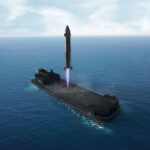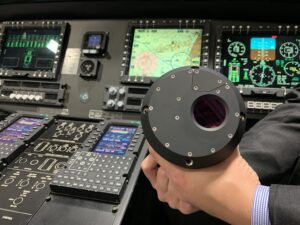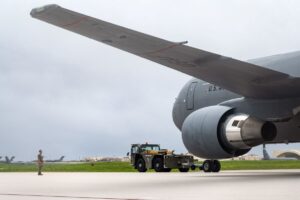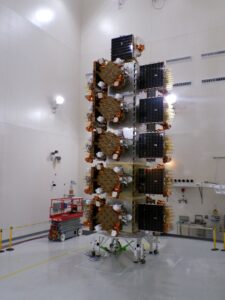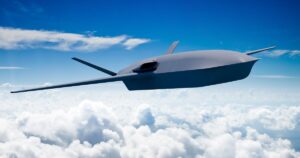
House defense authorizers encourage the U.S. Air Force to use existing military engines for the Collaborative Combat Aircraft (CCA). "CCA operational concepts call for extended unrefueled range greater than 3,000 nautical miles, advanced sensor and weapons packages to conduct varied missions, and the ability to take-off from runways one quarter the length of traditional runways," the House Armed Services Committee's (HASC) tactical air and land panel said on May 13 in its section of the HASC's report on the committee's…


